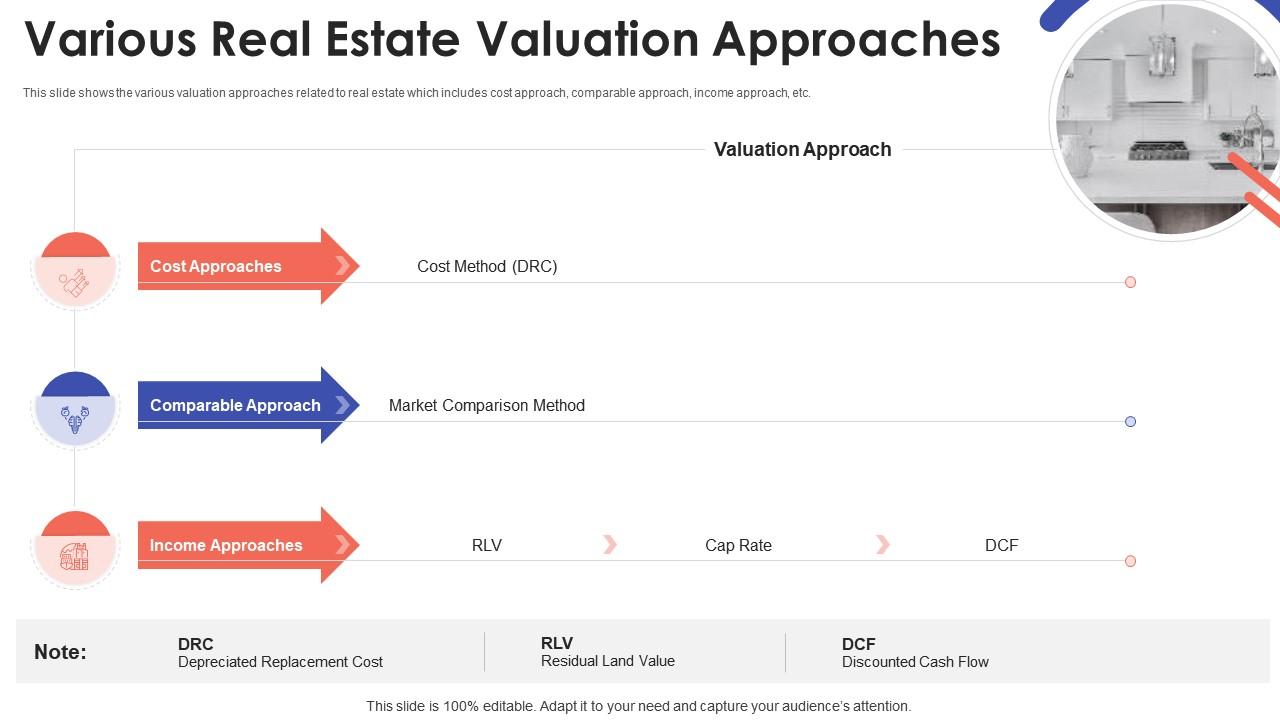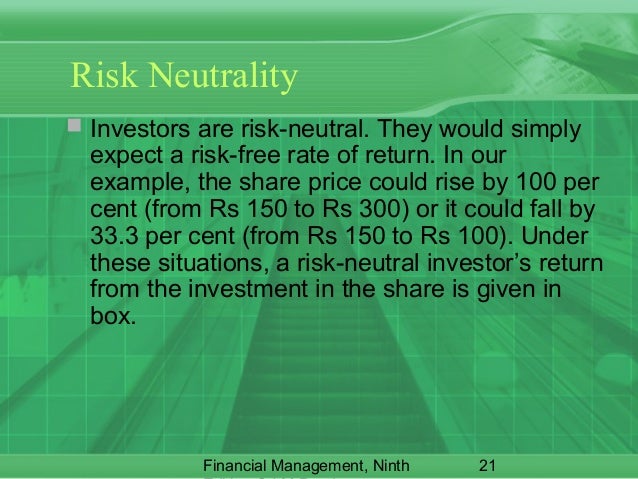

The DMM utilizes cash-flow scenarios as an input to a Monte Carlo simulation to derive a distribution for the future investment outcomes.

The most positive issue in the DMM is that it does not suffer from the problems associated with the assumptions connected to the market processes connected to the Black-Scholes and the binomial option valuation methods. The method presented greatly simplifies the calculation of the real option value, making it more transparent and brings real option valuation as a method a big leap closer to practitioners. The authors show that the results from the method converge to the results from the analytical Black-Scholes method. Recently, a novel approach to real option valuation, called the Datar-Mathews method (DMM) was presented in, where the real option value is calculated from a pay-off distribution, derived from a probability distribution of the net present value (NPV) for a project that is generated with a (Monte-Carlo) simulation. In addition these models are based on the assumption that they can quite accurately mimic the underlying markets as a process, an assumption that may hold for some quite efficiently traded financial securities, but may not hold for real investments that do not have existing markets or have markets that can by no means be said to exhibit even weak market efficiency. Most of the methods are complex and demand a good understanding of the underlying mathematics, issues that make their use difficult in practice. Real options are commonly valued with the same methods that have been used to value financial options, that is, with Black-Scholes option pricing formula, with the binomial option valuation method, with Monte-Carlo-based methods, and with a number of later methods based on these.

This paper concentrates on the use of real options in numerical analysis, and particularly on the derivation of the real option value for a given investment opportunity, or identified managerial flexibility. Real options are useful both, as a mental model for strategic and operational decision-making, and as a valuation and numerical analysis tool. In other words, real option valuation is treating investment opportunities and the different types of managerial flexibility as options and valuing them with option valuation models. Real option valuation is based on the observation that the possibilities financial options give their holder resemble the possibilities to invest in real investments and possibilities found within real investments, that is, managerial flexibility: “an irreversible investment opportunity is much like a financial call option’’. The paper also presents the use of number of different types of fuzzy numbers with the method and an application of the new method in an industry setting. The method is intuitive to understand and far less complicated than any previous real option valuation model to date.

This paper presents a new method (fuzzy pay-off method) for real option valuation using fuzzy numbers that is based on findings from earlier real option valuation methods and from fuzzy real option valuation. Recent advances in modeling and analysis methods have made real option valuation easier to understand and to implement. Real option valuation is, however, often found to be difficult to understand and to implement due to the quite complex mathematics involved. Real option analysis offers interesting insights on the value of assets and on the profitability of investments, which has made real options a growing field of academic research and practical application.


 0 kommentar(er)
0 kommentar(er)
